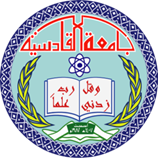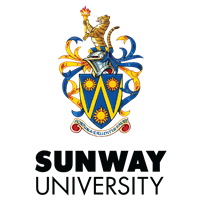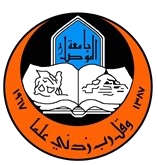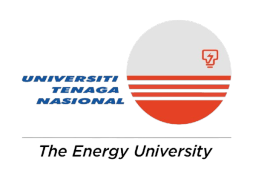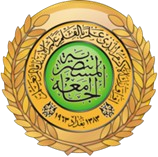Submissions
Submission Preparation Checklist
As part of the submission process, authors are required to check off their submission's compliance with all of the following items, and submissions may be returned to authors that do not adhere to these guidelines.- The submission has not been previously published, nor is it before another journal for consideration (or an explanation has been provided in Comments to the Editor).
- The submission file is in Microsoft Word file format.
- Where available, URLs for the references have been provided.
- The manuscript should be written in English in a clear, direct, and active style.
- The text is single-spaced; uses a 10-point font; employs italics rather than underlining (except with URL addresses); and all illustrations, figures, and tables are placed within the text at the appropriate points, rather than at the end.
- The text adheres to the stylistic and bibliographic requirements outlined in the Author Guidelines.
- The authors declare "no conflicts of interest" should be included if there is a conflict of interest.
Articles
Section default policyCopyright Notice
Copyright Notice:
By submitting a paper to ICEAT 2025, the authors agree to the following copyright terms:
-
The authors retain copyright and grant the conference organizers a non-exclusive license to publish and distribute the work as part of the conference proceedings.
-
The paper may be included in digital repositories and indexing services as required by the conference.
-
The authors confirm that the submission is original, does not infringe on any third-party rights, and has not been previously published or submitted elsewhere.
-
Proper credit must be given to ICEAT 2025 if any part of the work is reused or modified after publication.
_______________________________________________________________________________________________________________________________
Privacy Statement
The names and email addresses entered in this journal site will be used exclusively for the stated purposes of this journal and will not be made available for any other purpose or to any other party.
